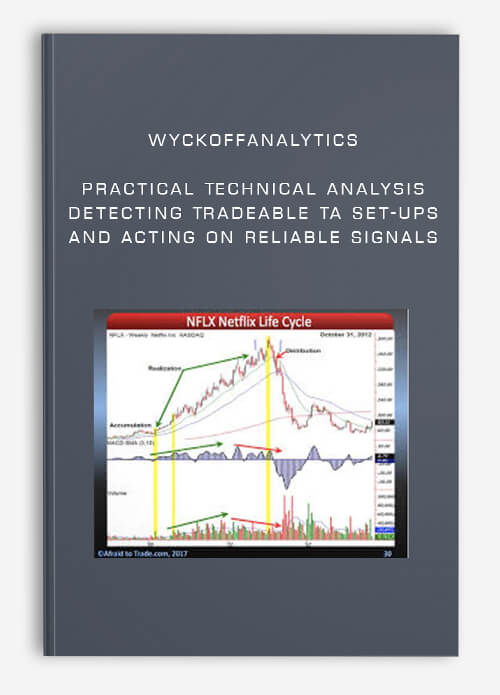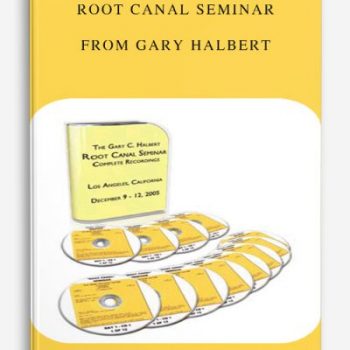
Practical Technical Analysis : Detecting Tradeable TA Set-ups and Acting on Reliable Signals by Wyckoffanalytics
Description
PRACTICAL TECHNICAL
This webinar series features acclaimed trader and educator Corey Rosenbloom, CMT, and will provide you with the means to create a clear-cut edge in your trading! The series was recorded in March 2017 and contains over 7 1/2 hours of video instruction. The principal topics include central Technical Analysis theories and patterns, trend initiation and continuation, price range contraction and expansion, several key indicators, and some of Corey’s most reliable trade set-ups. During the final webinar, he integrates these concepts and materials in an easy-to-follow and extremely practical “putting it all together” session. Throughout the course, Corey conveys what he considers essential principles, presenting a simple, user-friendly tool-kit for traders. Roman Bogomazov co-hosts these sessions and provides additional context from a Wyckoff analytical perspective.
COURSE CURRICULUM:
1. Foundational materials (Videos One and Two)
A. Three market principles: Trend continuity, momentum as a leading indicator, and range alternation (expansion and contraction)
B. How to read and interpret different types of charts, including Point-and-Figure, candlesticks, and relative strength charts
C. Key market theories and their continuing relevance in 21st century markets: Dow, Elliott and Wyckoff
D. High-probability chart patterns as described by Edwards and McGee
2. Indicators (Video Three)
A. Moving averages
B. Volatility envelopes (Bollinger and Keltner bands)
C. Volume
D. Momentum
E. Market internals
F. Candlesticks
3. Set-ups (Video Four)
A. Pro-trend (Retracements and break-outs)
B. Counter-trend (Fades and reversals)
4. Practical applications: Putting it all together (Video Five)
This series is intended primarily for novice and intermediate traders.
Forex Trading – Foreign Exchange Course
Want to learn about Forex?
Foreign exchange, or forex, is the conversion of one country’s currency into another.
In a free economy, a country’s currency is valued according to the laws of supply and demand.
In other words, a currency’s value can be pegged to another country’s currency, such as the U.S. dollar, or even to a basket of currencies.
A country’s currency value may also be set by the country’s government.
However, most countries float their currencies freely against those of other countries, which keeps them in constant fluctuation.








![Mark Douglas – Trading Psychology [4 mp3]](https://vincourse.info/wp-content/uploads/2020/01/Mark-Douglas-–-Trading-Psychology-4-mp3-350x350.jpg)




tristian –
This is Digital Download service, the course is available at Coursecui.com and Email download delivery